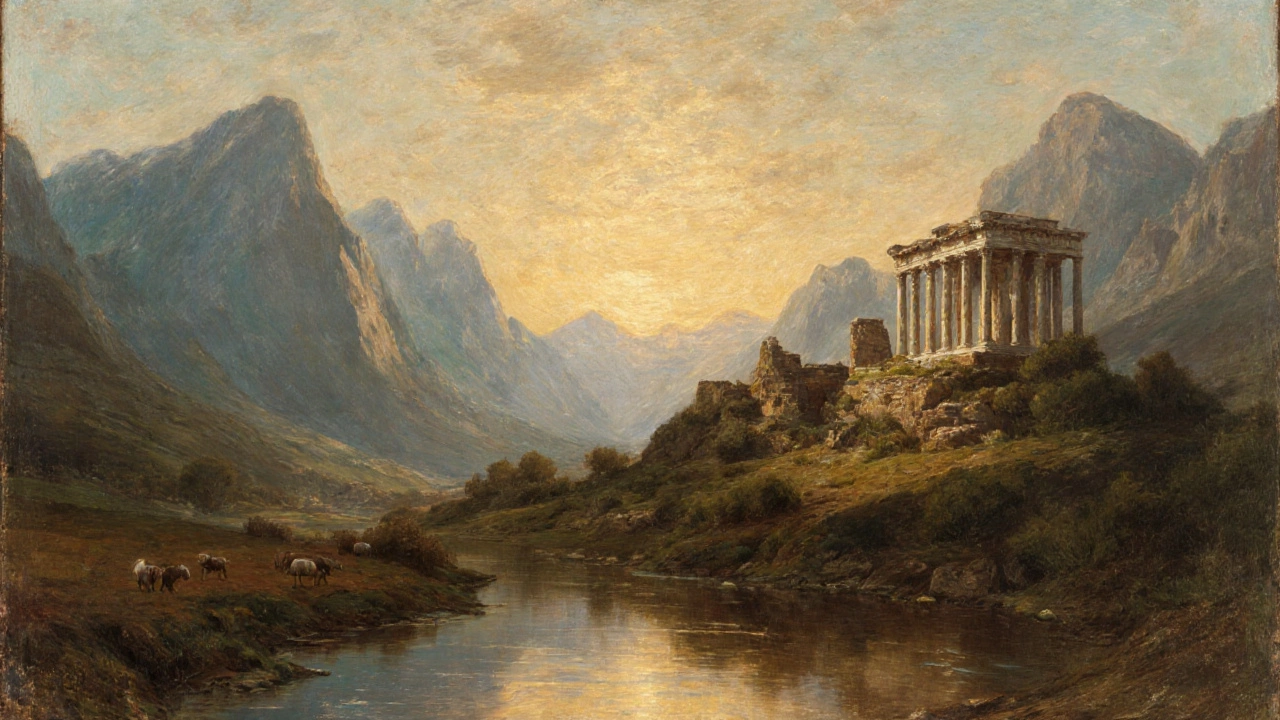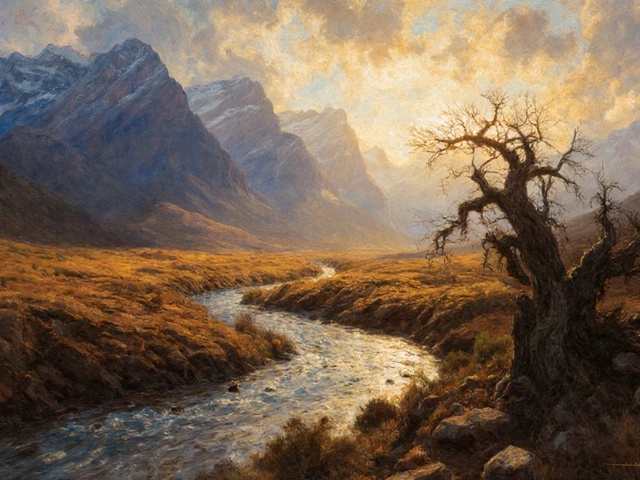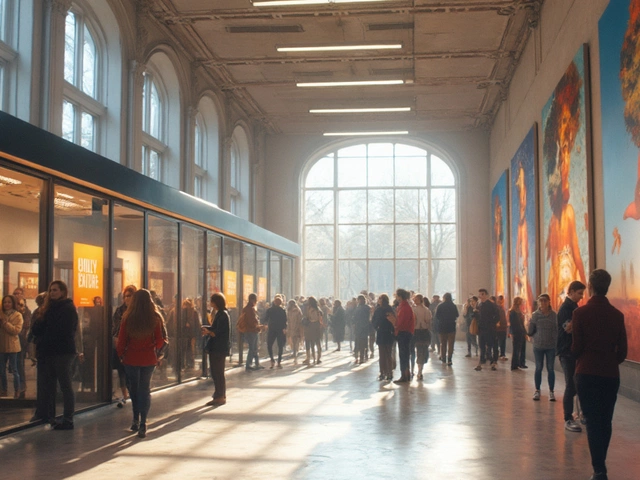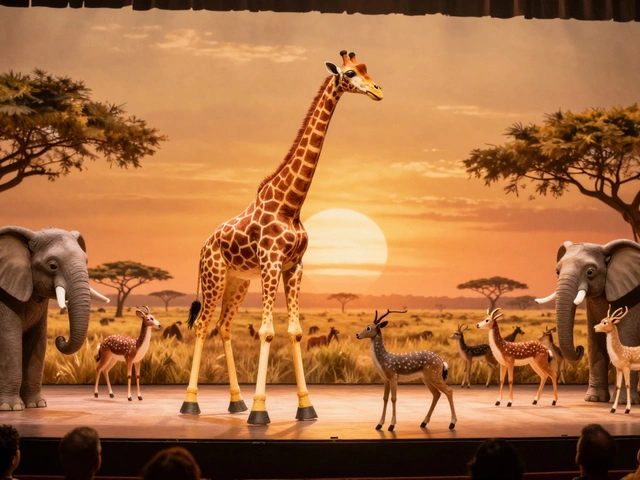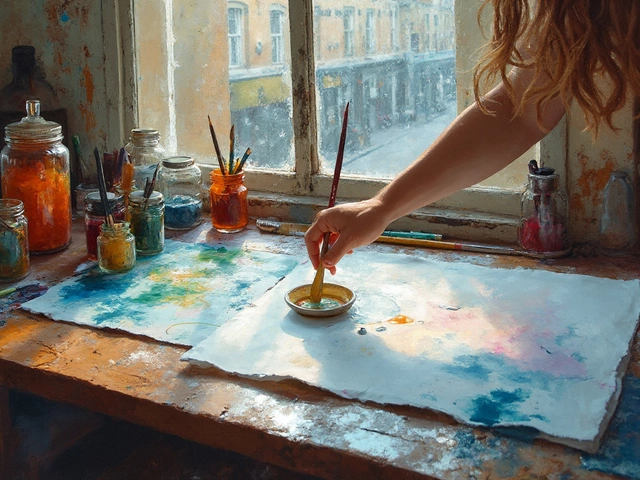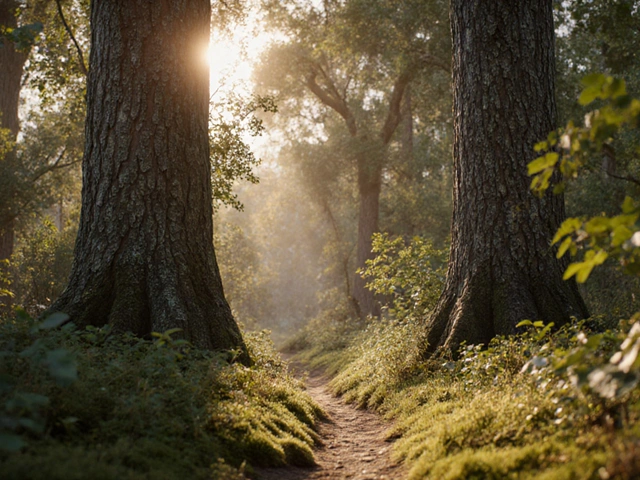Types of Landscape Art: Styles, Techniques, and Painting Order
When working with types of landscape art, the various ways artists represent natural scenery using different styles, media, and compositional approaches. Also known as landscape art categories, it helps artists choose a visual language that matches their vision.
One of the biggest groups inside this field is landscape painting styles, the distinct visual languages such as Realism, Impressionism, Abstract, and Minimalist that dictate how light, color, and form are handled. Knowing the style you want to work in shapes everything else you do – from the brush you pick to the way you plan your composition. Another core piece is painting order for landscape paintings, the step‑by‑step sequence (background first, middle ground next, foreground last) that ensures depth and harmony. Artists who follow a solid order avoid muddy colors and keep their values clear, which is especially important when tackling complex scenes.
Within the broader types of landscape art, two sub‑categories dominate the conversation: realistic landscape, art that aims to capture nature as accurately as possible, focusing on true‑to‑life color, perspective, and detail and abstract landscape, work that reduces scenery to shapes, colors, and feelings, often ignoring precise representation. Realistic landscape leans on careful value studies and layered glazing, while abstract landscape thrives on bold color blocks and expressive brushwork. Both benefit from the same painting order principles, but they apply them differently – the realist builds depth with subtle tones, the abstract builds mood with contrasting hues.
Why Understanding These Types Matters
Knowing the different types of landscape art lets you pick the right tools, plan a workflow, and set realistic goals. If you love the detail of a mountain range, you’ll gravitate toward realistic landscape and follow a slow‑over‑fast glazing technique. If you enjoy conveying the energy of a sunrise with a few swipey strokes, abstract landscape and a faster, more spontaneous order will feel natural. The choice also influences the medium you use – oil paints work great for detailed glazing, while acrylics or water‑based inks often suit quick, abstract gestures.
The articles below dig deeper into each of these ideas. You’ll find guides on how to decide which style fits your personality, step‑by‑step breakdowns of painting order, and practical tips for mastering both realistic and abstract approaches. Whether you’re a beginner looking for a clear roadmap or an experienced artist wanting to refine your workflow, the collection gives you actionable insight to improve your landscape work.
Ready to explore the full range of landscape art options? Scroll down to see detailed posts that cover styles, techniques, and everything in between, so you can start creating compelling scenery right away.
Two Main Types of Landscape Paintings Explained
Discover the two main types of landscape paintings-idealized and observational-along with their history, key artists, and how to tell them apart in just a few minutes.
Continue Reading